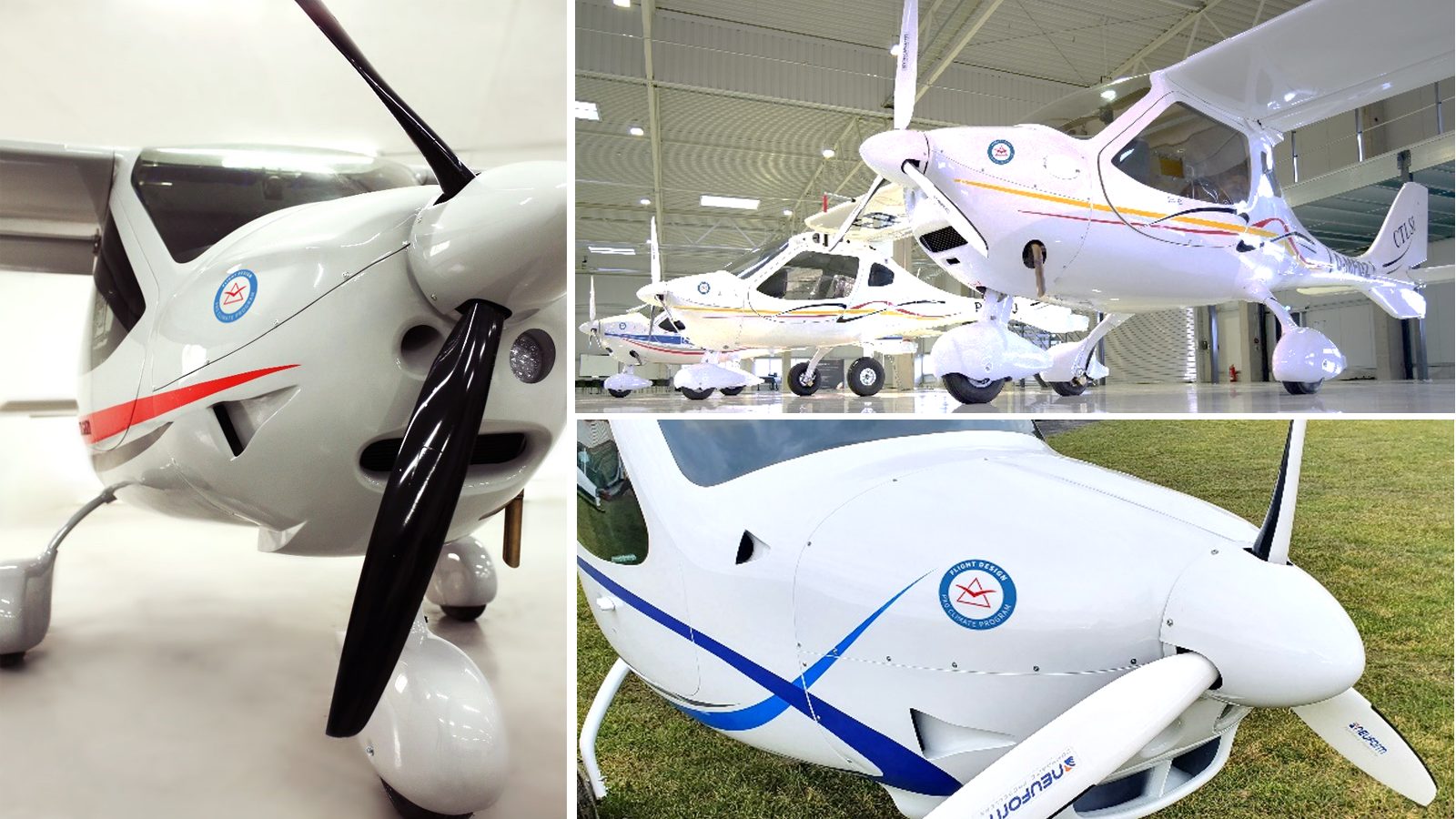Private flying is a fantastic lifestyle. It allows us the freedom to explore, relax, and restore ourselves and it leads to amazing memories. We believe that for that freedom to continue, we have to take responsibility for the effects of our flying on the environment.
Our commitment
| Starting March 1st, 2020, Flight Design will offset the carbon emissions from the fuel used by our airplanes powered by the Rotax™ 912 iS Sport engine for the first 2000 hours of operation. We will compensate all of the CO2 emitted from the fuel used, ensuring there is less CO2 in the atmosphere. |  |
| Starting March 1st, 2020, Flight Design will offset the carbon emissions from the fuel used by our airplanes powered by the Rotax™ 912 iS Sport engine for the first 2000 hours of operation. We will compensate all of the CO2 emitted from the fuel used, ensuring there is less CO2 in the atmosphere. |
 |
 |
Carbon dioxide offsetting is not a perfect solution to address all the carbon emitted into the atmosphere, it is just one part. For years Flight Design has considered the importance to reduce the C02 emissions on our airplanes. We began by improving the aerodynamic, which then led us to the F2 & F4 programs. Then we implemented the Rotax™ 912 iS Sport engine with less fuel consumption and emissions. In the next step, we changed the C4 with a traditional aviation engine to the F4 with the modern small and more efficient turbocharged Rotax™ 915 iS engine and finally, the electric F2e being released by the end of 2021 and more project being developed. |
 |
| Carbon dioxide offsetting is not a perfect solution to address all the carbon emitted into the atmosphere, it is just one part. For years Flight Design has considered the importance to reduce the C02 emissions on our airplanes. We began by improving the aerodynamic, which then led us to the F2 & F4 programs. Then we implemented the Rotax™ 912 iS Sport engine with less fuel consumption and emissions. In the next step, we changed the C4 with a traditional aviation engine to the F4 with the modern small and more efficient turbocharged Rotax™ 915 iS engine and finally, the electric F2e being released by the end of 2021 and more project being developed. |
In the end, this will lead to the lowest carbon emissions for a fleet of airplanes from one manufacturer, and at each point, we will compensate the balance of the CO2 emissions. Right now, we are committing ourselves to do better, to look to the future, and make a difference. Our customers of a new Rotax™ 912 iS Sport powered Flight Design airplane will receive all the benefits at no cost.
Battery development and the certification of electrical airplanes seems to be slower than expected, this makes it even more important to bridge by offsetting. The offset carbon emission is based on tests made by the Rotax network. These tests will continue until BRP-Rotax confirms the final results. Afterward, the procedure will be validated by an international testing organization.
We are very grateful to BRP-Rotax for assisting the aviation community with reliable data to enable this program. Only carbon offset programs that meet internationally accepted standards will be used. These standards ensure that the carbon reductions, claimed by individual programs, would not have happened without that project, or that by reducing carbon emissions in one place they do not inadvertently increase them elsewhere. For the time being, we will start with the currently available data but will balance this when the results are validated for all airplanes delivered from March 1st with Rotax™ 912 iS Sport engines.
We understand that the percentage of carbon emission by private flying of small aircraft is not very much and people still discuss the real influence of CO2 emissions, but taking responsibility is our way to enjoy flying without any regrets and one thing is sure, less fuel consumption and less carbon emission will not harm our climate.


 Go to CT Super
Go to CT Super Enquire to Buy
Enquire to Buy Spare Parts
Spare Parts Locate a Dealer
Locate a Dealer
 Enquire to Buy
Enquire to Buy Locate a Dealer
Locate a Dealer Spare Parts
Spare Parts Go to CT Super
Go to CT Super Go to F2
Go to F2